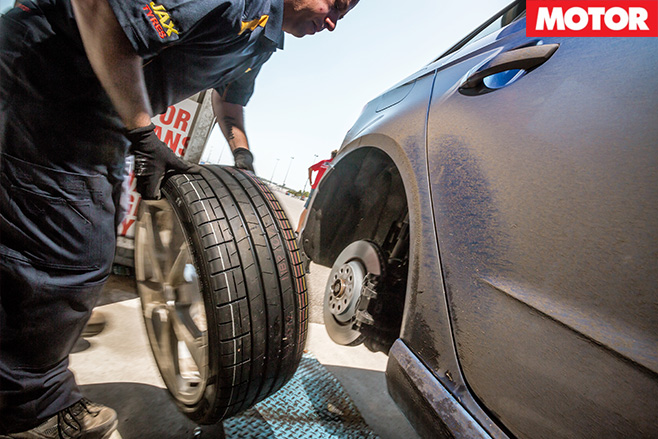Touring car racing is currently in a precarious position. There has always been a chorus of annoyed punters who bemoan the lack of connection between their road cars and the ones racing on track. As a result, the cries at the loss of the adage ‘win on Sunday, sell on Monday’ is bandied around quicker than a hot chip to an unsuspecting mouth. Whether that view is right or wrong, if viewers aren’t engaging with modern racing, then the sport has a problem.
The flip side of the argument is that we do have production-car based classes that fans have been baying for in the comments section, but they go largely unwatched compared to the fully fledged alternative. The MRF Tyres Australian Production Car Series even has a halo event in the Bathurst 6 Hour that, despite being fully televised and with big-name drivers taking part, garners a fraction of the attention of the other races at The Mountain.
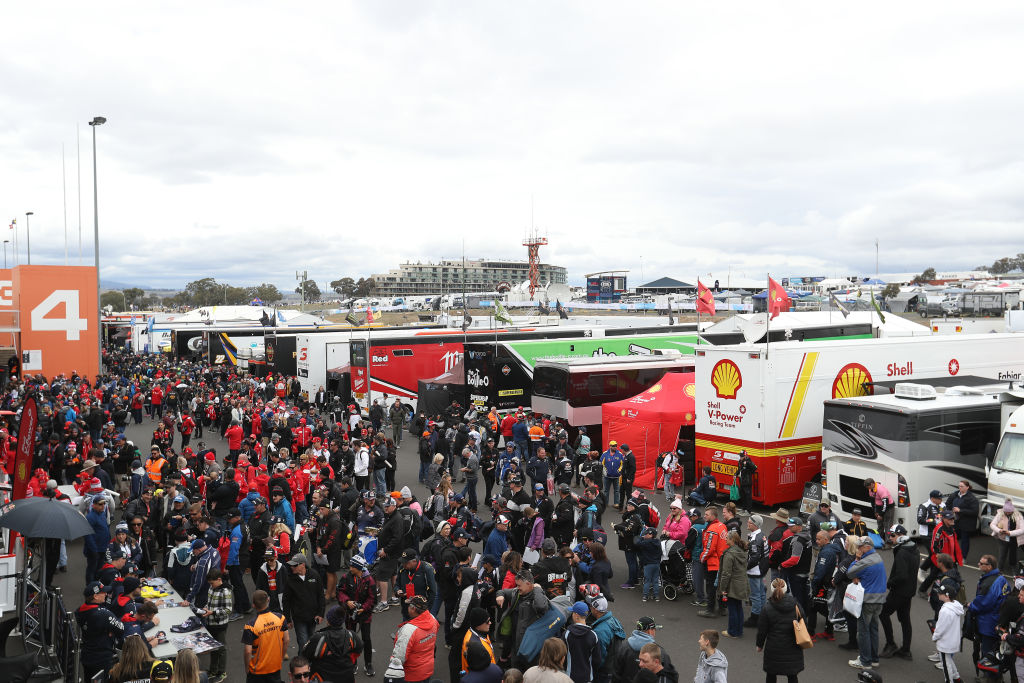
The field sees anything from HSVs to BMW M products, WRX STIs, Mitsubishi Evos and even Mercedes-AMG A45s tackle tracks around our country. It serves up diverse racing between road-based products – exactly what fans demand. As does the Australian Saloon Cars series, where six-cylinder powered EA and AU Falcons take on VN and VT Commodores. The cars are a little older, but it’s a different take on Blue versus Red, just with a lot less grunt.
Now, not to take anything away from these great categories as they add diversity to the Aussie touring car landscape. However, I’m a self-confessed touring car nut. Yet even I struggle to get excited about this type of racing and would only ever find myself watching the Production Car Series if attending the Shannons Nationals in person. The problem I now have is that I’m starting to feel the same way about the ‘real deal’. That being Supercars. Australia’s premier motorsport.
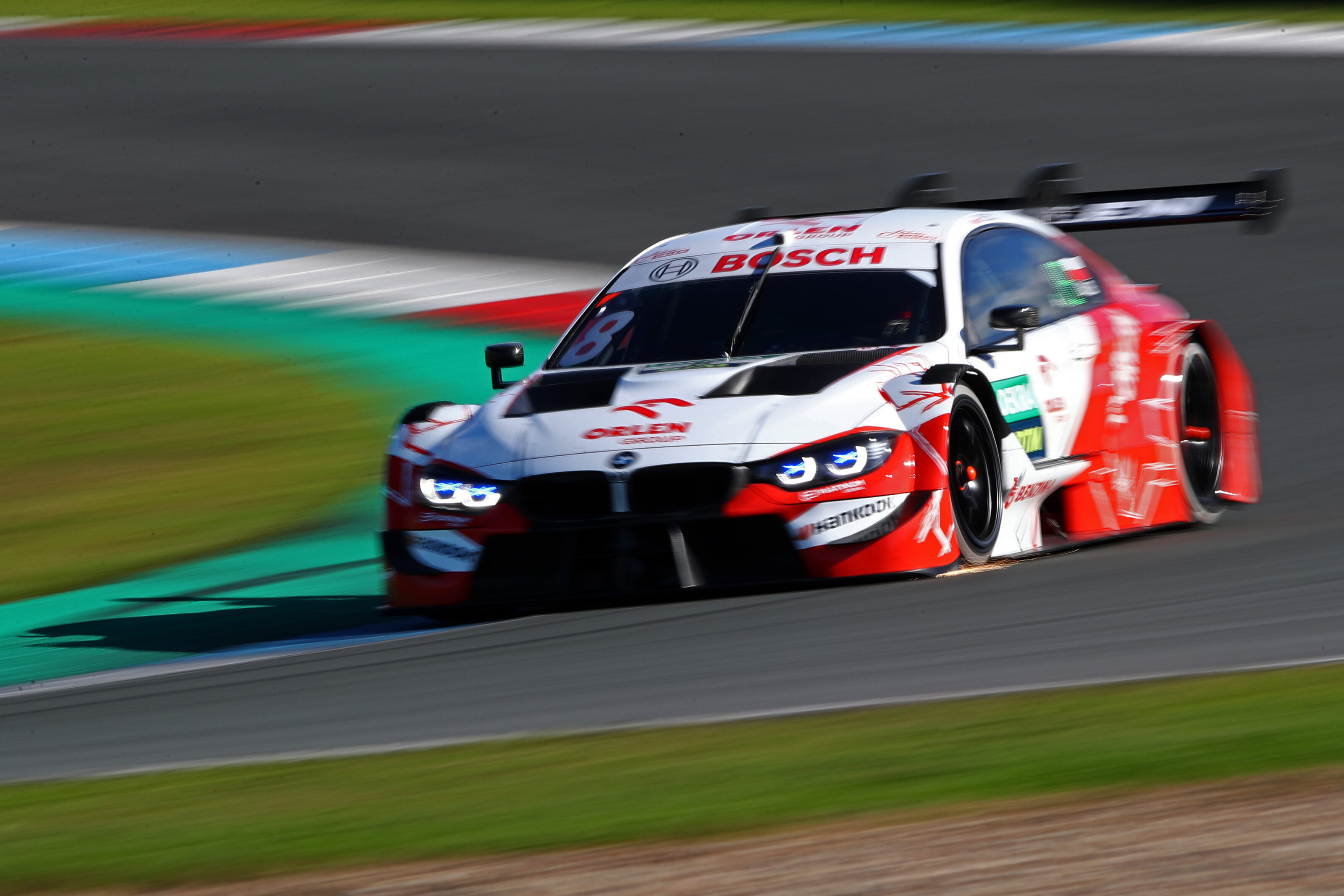
The issue is that modern tin-top categories like Supercars, and even Germany’s DTM, have been departing further from their respective road-car base. The search for ultimate on-track performance has led to technically advanced touring cars that while impressive, are so dependent on (and sensitive to) aerodynamics that overtaking has become an increased challenge.
Both categories are trying to fight this battle. Our home-grown series is in the process of transitioning to Gen3 rules (which will now debut in 2023) where the Ford Mustang and Chevrolet Camaro will more closely align with their showroom bases – both visually, and in terms of engine technology. There is also set to be a massive reduction in aerodynamic performance. Hallelujah!
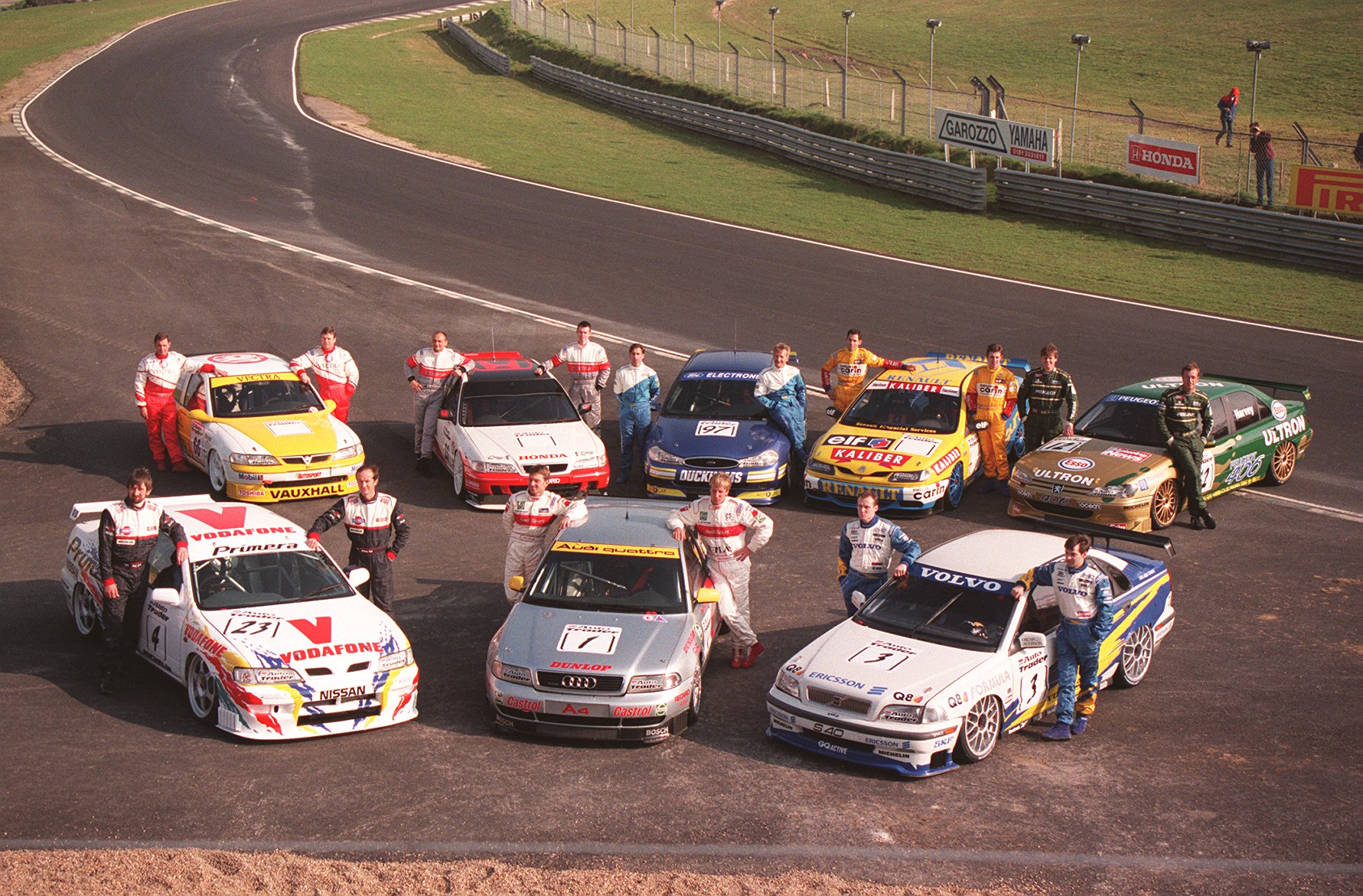
DTM has already made the move from highly tuned four-cylinder turbo racers with F1-style DRS to the globally accepted GT3 formula, one that incorporates Balance of Performance (BoP) regulations. Such were the costs associated with the silhouette-style ‘Class One’ ruleset that DTM was forced to ditch its touring car roots and is now a totally GT-based formula. Well, at least the racers share a chassis and engines with road cars, and the aero isn’t so significant as to hamper close racing like before.
So, if highly evolved specialist touring cars and the juxtaposing production cars aren’t the right way forward, then what’s the solution? It’s clear that the former is resonating less with punters, yet ‘dumbing down’ touring cars to glorified production cars with roll cages and a few brake upgrades won’t cut it with hardcore fans, either. The answer comes by looking to history. Or, in my case, YouTube.
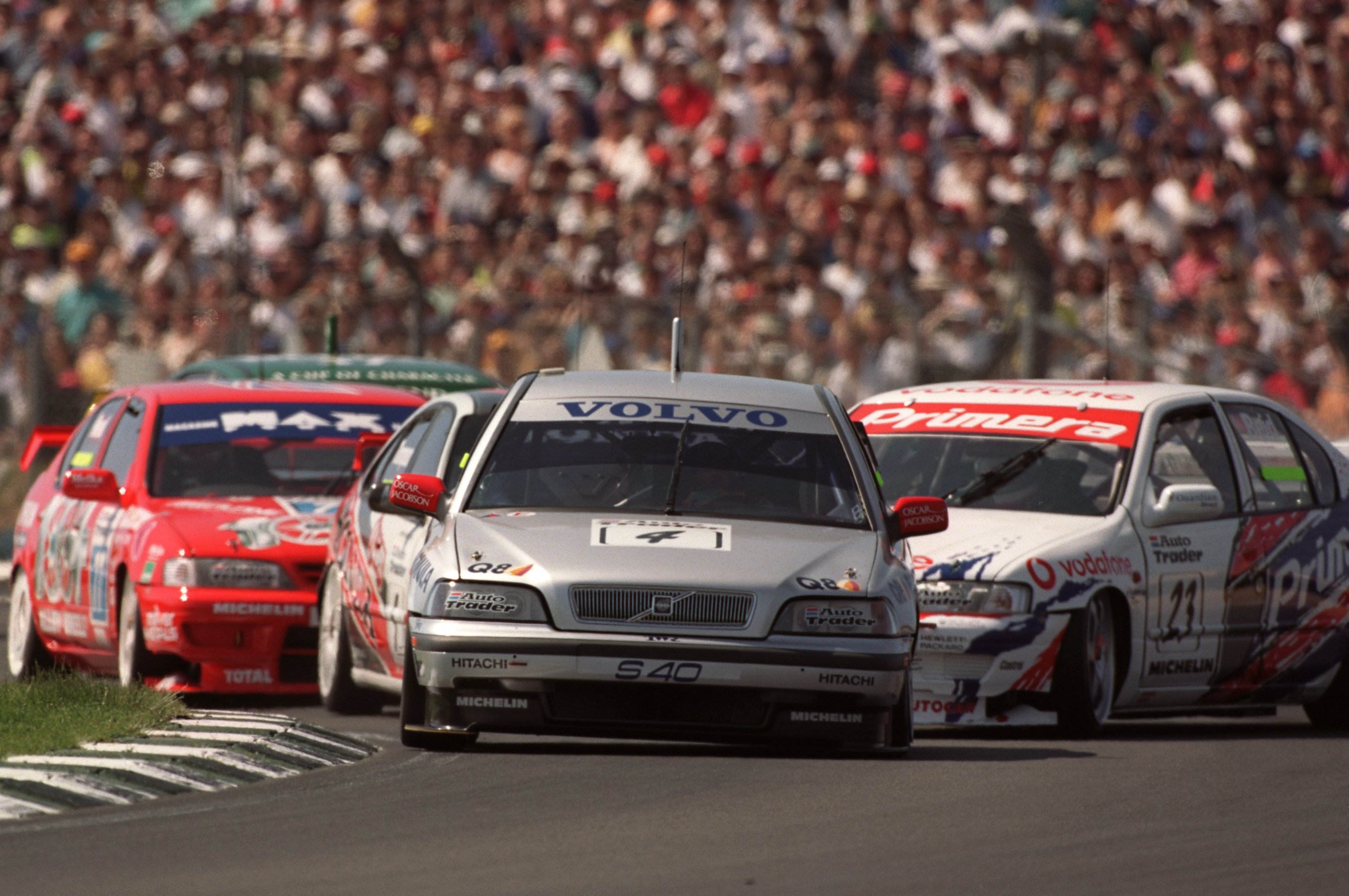
For me, touring car racing was at its peak in the ’80s and ’90s where the relative simplicity and diversity of the fields made for better racing. Differing powertrains, with four-, six- and eight-cylinder engines (even rotary) in either boosted or atmo forms sending grunt to a variety of driveline configurations. The way in which each car made speed throughout a lap or a race generated myriad approaches in how to finish first. How they used their tyres became a factor with varying levels of kerb weight, while the fans were afforded an orchestra of sounds from the different engines.
Crucially, though, the common theme when watching endless hours of videos is the lack of aero – the drivers were largely released from the shackles of turbulent air. With the touring cars of yesteryear being more heavily based on road-going equivalents with a dearth of aerodynamic addenda, they move around more. You could actually see the drivers having to fight their cars – with the true masters of car control displaying impressive talent.
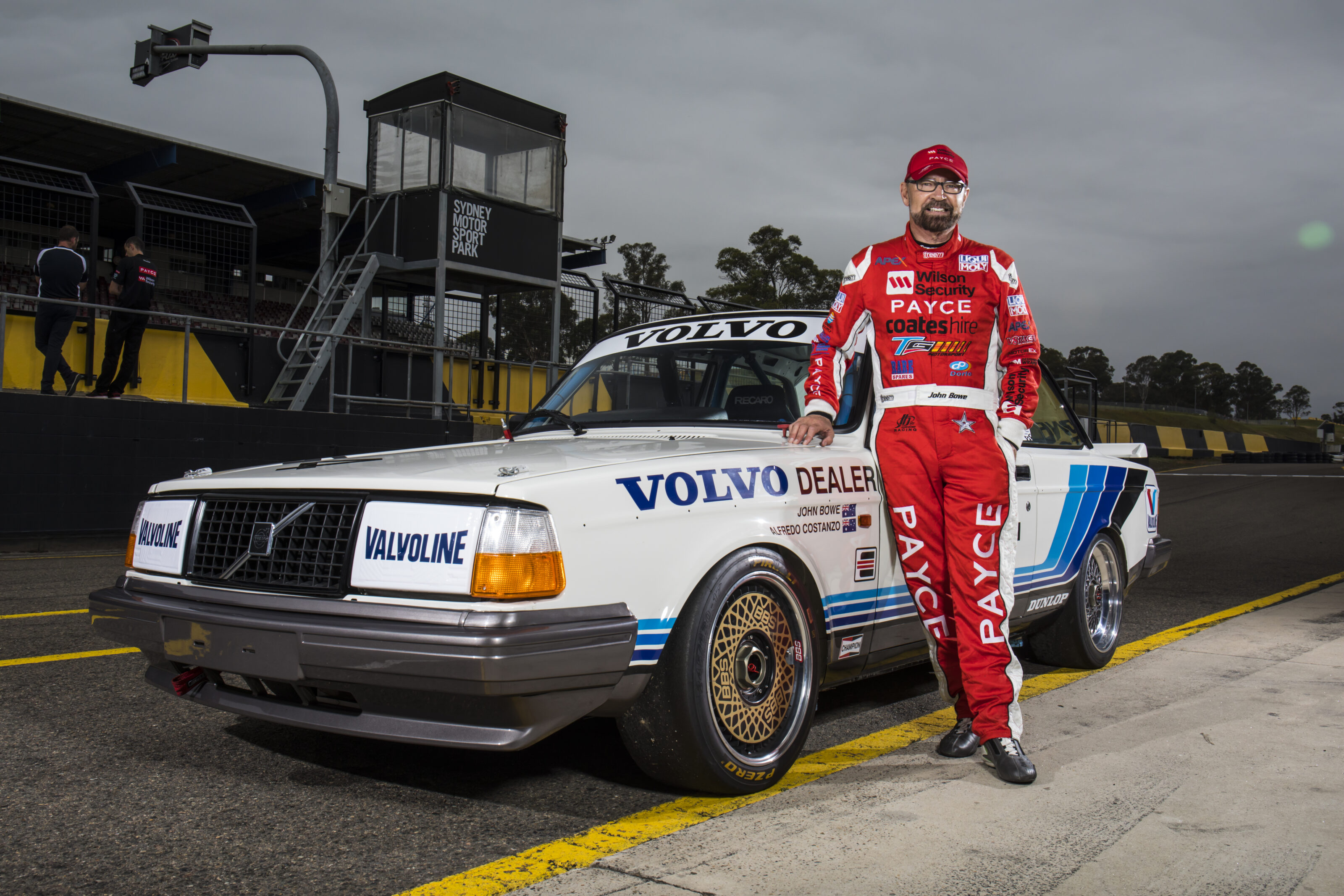
Just watch any Bathurst 1000 Top 10 shootout laps from that era, a BTCC racer barrelling through the old Dingle Dell at Brands Hatch, or a Mercedes-Benz 190E fly on the Nordschleife and you’ll see what I mean. In fact, anything from ’80s and ’90s ATCC, BTCC, DTM, ETC and WTCC is usually great viewing.
Then there is the variety of cars. In Australia we had a Volvo 240T winning the ATCC and an E30 BMW M3 taking it up to V8 Commodores and winning. Fans even supported a four-pot turbo Ford (piloted by Dick Johnson and John Bowe) so heavily at Bathurst that they booed the competition on the podium. This assortment of riches is what we hoped Car of the Future/Next Gen Supercars would provide. But the aero kept being piled on and the planned changeup in powertrains never happened. Remember the plan for Holden to run a turbo V6, anyone?
It’s sad that I must look to the past, where homologation-specials ruled, to watch great door-banging touring car racing. One of Dick Johnson’s famous quotes is, “the only thing you get from looking backwards is a sore neck”. Maybe it’s time to crack open the Deep Heat.




